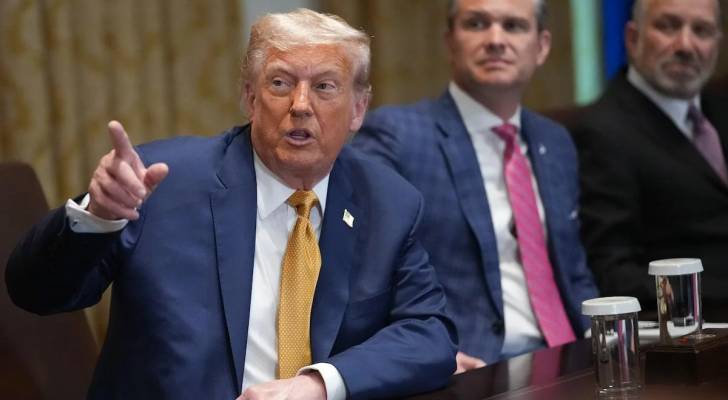Trump imposes stiff 50% tariff on copper imports effective Aug 1
President Donald Trump announced Wednesday that a hefty 50 percent tariff on imported copper will take effect on August 1, 2025.
The decision, revealed on his Truth Social platform, follows a "robust NATIONAL SECURITY ASSESSMENT" and is aimed at revitalizing the American copper industry.
Trump underscored copper's critical role in a wide array of vital sectors, including the manufacturing of semiconductors, aircraft, ships, ammunition, data centers, lithium-ion batteries, radar and missile defense systems, and even hypersonic weapons. He emphasized that copper ranks as the second most-used material by the US Department of Defense.
In his characteristic style, Trump criticized past "foolish (and SLEEPY!) ‘Leaders’" for what he described as the decimation of this crucial industry, specifically targeting the Biden administration's policies. He asserted that the new 50 percent tariff would reverse this "thoughtless behavior, and stupidity," leading America to "once again, build a DOMINANT Copper Industry." Trump declared, "THIS IS, AFTER ALL, OUR GOLDEN AGE!"
The announcement, initially made on Tuesday, had already sent copper prices soaring to new records in global markets, signaling immediate disruption and higher costs for industries reliant on the metal. Economists and industry experts warn that the tariff could lead to increased prices for a wide range of goods, from appliances and electric vehicles to construction materials and everyday electronics, as businesses pass on higher input costs to consumers.
While Trump aims to spur domestic production, the US currently relies on imports for a significant portion of its refined copper needs, with Chile, Canada, and Mexico being key suppliers. Experts note that it would take years for the US to ramp up domestic mining and refining capacity sufficiently to meet demand, raising concerns about potential supply chain disruptions and sustained price increases in the interim.




